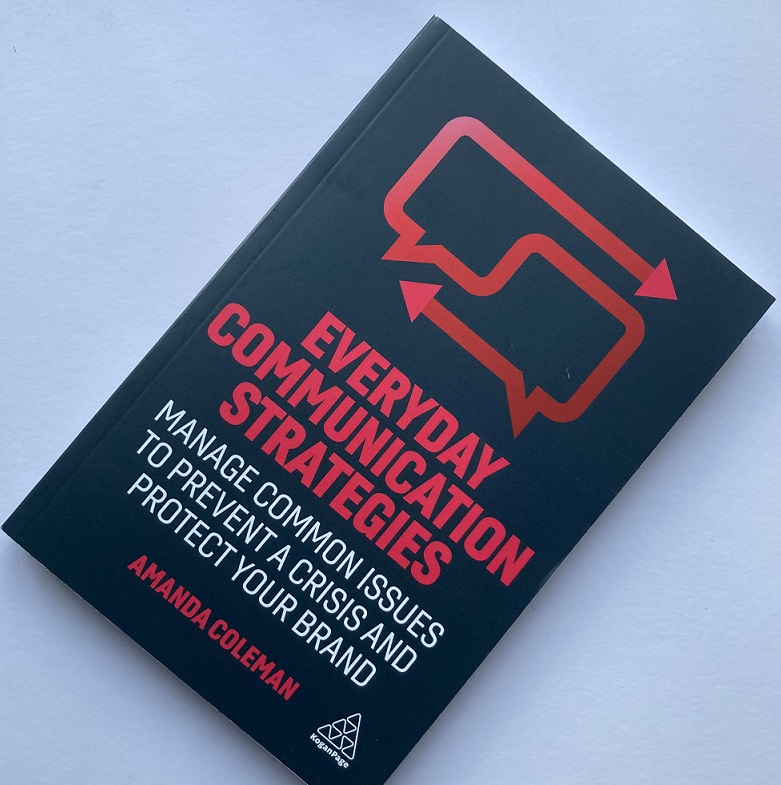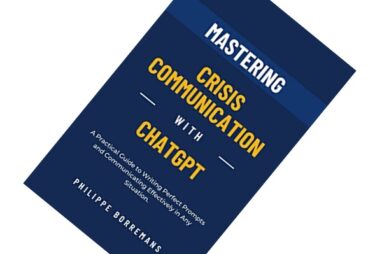Review: Everyday Communication Strategies
Coleman advocates early identification of issues, and feels this is an area of weakness among practitioners. ‘To be able to identify issues requires a change in the mindset of communicators and key leaders and managers within the business.’




